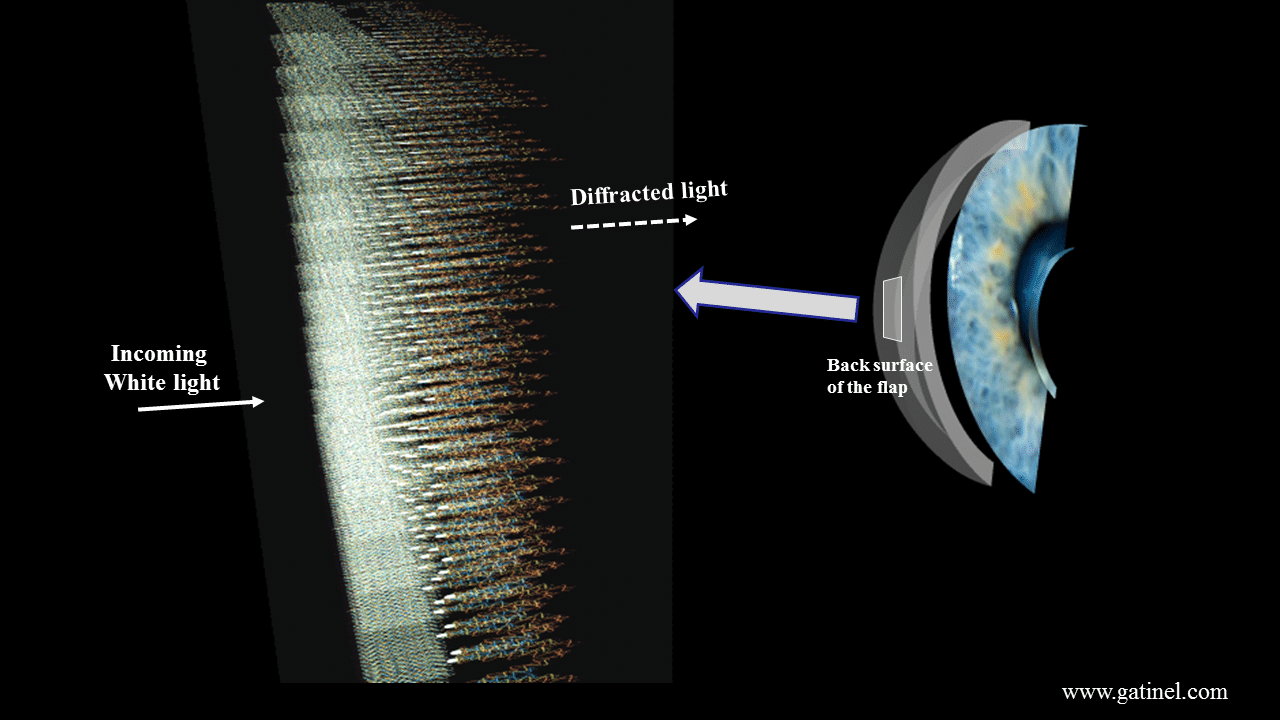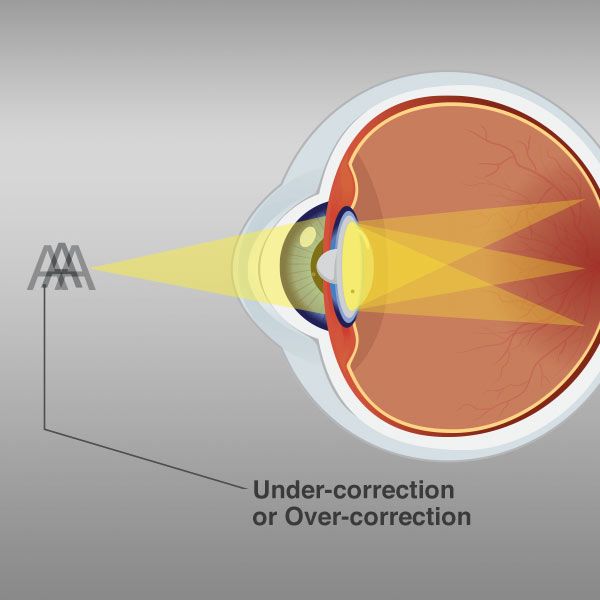How long does it take to see clearly after lasik surgery? The unusual thing is most people have worse symptoms at night, not during the day.
What Causes Glare After Lasik, Occasionally, seeing halos around lights is a side effect of lasik surgery, cataract surgery, or from wearing eyeglasses or contact lenses. Reasons why glare occurs after lasik.

Things like shiny objects, bright lights, and bright colors can trigger light sensitivity and glare. Sometimes glare is the result of residual refractive error. Corneal haze is very, very rare after lasik or bladeless lasik because the flap of corneal stromal tissue fools. Inability to cry or tear:
Inability to cry or tear:
A cataract is a cloudy lens caused by uv damage or aging. It also causes less glare and a higher overall satisfaction rate. You should ask your eye surgeon for a trial of this for a week or two. The cause is thought to be related to the diffraction of light from the grating pattern created on the back surface. Glare and halos will generally last for at least two to three weeks, though can often last up to a month or longer. They can also come about by wearing eyeglasses or contact lenses, or they.
 Source: carolinavisioncenter.com
Source: carolinavisioncenter.com
The cause is thought to be related to the diffraction of light from the grating pattern created on the back surface. Halos around lights usually appear in low light conditions, such as driving at night. Lasik enhancement involves lifting the corneal flap and repeating the laser treatment. One of the most common side effects of lasik is glare. Inability to.
 Source: gatinel.com
Source: gatinel.com
It is certainly possible that you might still have halos and glare a long time after lasik surgery. “the glare arises from a diffractive effect caused by the regularity of the pattern,” he says. Like starbursts, the severity of halos increases with increasing pupil size. The lasik industry uses the term glare to describe these visual aberrations. Observation to determine.
 Source: decoratingspecial.com
Source: decoratingspecial.com
Cataracts can be treated with cataracts. Sometimes your surroundings cause glare. That means your night vision blurriness may be as a result of you still needing prescription glasses to sharpen your vision. the pupil sometimes becomes so large that light passes into the eye and causes glare and halos. A decentered diffractive multifocal iol can cause halos.
 Source: healthandwellnesszone.com
Source: healthandwellnesszone.com
Causes of glare and halos halos are often normal responses to bright lights. What causes glare and halos after lasik? In response to the wound of laser vision correction surgery ablation, the cornea can become clouded with white cells. He says the glare is the result of a diffractive process that, ironically, stems from the perfect regularity of the spacing.
 Source: decoratingspecial.com
Source: decoratingspecial.com
A decentered diffractive multifocal iol can cause halos. Glare is one of the most common side effects after lasik is performed. What causes glare and halos after lasik? Additional causes can be a large amount of higher order aberrations, a treatment zone not centered over the pupil, irregular astigmatism and dryness of the eyes. He says the glare is the.
 Source: gatinel.com
Source: gatinel.com
Reasons why glare occurs after lasik. Causes of glare and halos halos are often normal responses to bright lights. The unusual thing is most people have worse symptoms at night, not during the day. 99% of patient can see 20/40 or better after lasik. It is certainly possible that you might still have halos and glare a long time after.
 Source: drbleonard.com
Source: drbleonard.com
Not only is this disconcerting, but it can also cause damage to the eye due to the inability of the eye to moisturize and lubricate itself. Glare is one of the most common side effects after lasik is performed. 99% of patient can see 20/40 or better after lasik. Glare after lasik can be somewhat alarming, but thankfully it will.
 Source: washingtonpost.com
Source: washingtonpost.com
Inability to cry or tear: As we’ve mentioned, some night glare is expected as part of the natural healing process following lasik. Glare and halos will generally last for at least two to three weeks, though can often last up to a month or longer. Glare after lasik is most commonly caused by undercorrection. How long does it take to.
 Source: eyeinfluence.org
Source: eyeinfluence.org
Glare after lasik surgery is usually the result of enlarged pupils or problems with the corneal flap created during surgery. What causes glare and halos after lasik? Lasik is performed to reduce or eliminate the need for corrective lenses when people suffer from refractive errors such as myopia (nearsightedness), hyperopia (farsightedness), and astigmatism. Sometimes your surroundings cause glare. After healing.
 Source: youtube.com
Source: youtube.com
As we’ve mentioned, some night glare is expected as part of the natural healing process following lasik. How serious is the glare? Here are some causes of night vision glare after laser refractive surgery: During lasik surgery, the topmost part of the cornea is cut to create a flap. Occasionally, seeing halos around lights is a side effect of lasik.
 Source: gatinel.com
Source: gatinel.com
Sunglasses reduce glare during the day. Eye drops that are administered by a physician. Corneal haze is very, very rare after lasik or bladeless lasik because the flap of corneal stromal tissue fools. The lasik industry uses the term glare to describe these visual aberrations. The most common reasons why the glare occurs include:
 Source: lasikadvisory.blogspot.com
Source: lasikadvisory.blogspot.com
To correct this, your doctor will recommend lasik enhancement or lasik touchup as long as your corneas are in good health. After healing is complete, lasik is more comfortable with substantially less dry eye than contact lenses for most patients; The lasik industry uses the term glare to describe these visual aberrations. Veiling glare results from glistening formation in the.
 Source: 90210eyes.com
Source: 90210eyes.com
They can also come about by wearing eyeglasses or contact lenses, or they. It is certainly possible that you might still have halos and glare a long time after lasik surgery. A cataract is a cloudy lens caused by uv damage or aging. The unusual thing is most people have worse symptoms at night, not during the day. Commonly i.
 Source: wehelpchicagosee.com
Source: wehelpchicagosee.com
Additional causes can be a large amount of higher order aberrations, a treatment zone not centered over the pupil, irregular astigmatism and dryness of the eyes. It is certainly possible that you might still have halos and glare a long time after lasik surgery. Damage to the corneal nerves during lasik surgery can cause permanent damage to the tear ducts.
 Source: allaboutvision.com
Source: allaboutvision.com
Glare, haze, and fog result from scattering of light that is diffused as a result of lens fibers or foamy degeneration of epithelial cells. To correct this, your doctor will recommend lasik enhancement or lasik touchup as long as your corneas are in good health. Sometimes your surroundings cause glare. Because the pupil naturally becomes larger in the dark, the.
 Source: lasikcenternj.com
Source: lasikcenternj.com
It is certainly possible that you might still have halos and glare a long time after lasik surgery. Halo effect, or halos, occur commonly after lasik. Seeing halos around lights could mean that you�re developing a serious eye disorder such as cataracts or glaucoma. the pupil sometimes becomes so large that light passes into the eye and causes.
 Source: midatlanticcornea.blogspot.com
Source: midatlanticcornea.blogspot.com
Eye drops that are administered by a physician. Cataracts can be treated with cataracts. Why does glare occur after lasik surgery? They can also come about by wearing eyeglasses or contact lenses, or they. The unusual thing is most people have worse symptoms at night, not during the day.
 Source: sclerallens.com
Source: sclerallens.com
Lasik is performed to reduce or eliminate the need for corrective lenses when people suffer from refractive errors such as myopia (nearsightedness), hyperopia (farsightedness), and astigmatism. Issues with the corneal flap; How long does it take to see clearly after lasik surgery? Glare and halos will generally last for at least two to three weeks, though can often last up.
 Source: bakersfieldlasik.com
Source: bakersfieldlasik.com
Commonly i prescribe alphagan to prevent the pupil from dilating as both a diagnostic test and therapy. What causes glare and halos after lasik? Reasons why glare occurs after lasik. The glare and halo effect will typically become less pronounced after the first week of healing from lasik. Can you have halos and glare a long time after lasik?
 Source: adiklight.co
Source: adiklight.co
Glare is one of the most common side effects after lasik is performed. You should ask your eye surgeon for a trial of this for a week or two. Sometimes after lasik your pupil dilates to a size that is larger than the actual treatment zone, causing persistent night vision problems. Things like shiny objects, bright lights, and bright colors.
 Source: pinterest.co.kr
Source: pinterest.co.kr
As we’ve mentioned, some night glare is expected as part of the natural healing process following lasik. Veiling glare results from glistening formation in the iol. Here are some causes of night vision glare after laser refractive surgery: It is certainly possible that you might still have halos and glare a long time after lasik surgery. Lasik enhancement involves lifting.
 Source: decoratingspecial.com
Source: decoratingspecial.com
Seeing halos around lights could mean that you�re developing a serious eye disorder such as cataracts or glaucoma. One of the most common side effects of lasik is glare. After healing is complete, lasik is more comfortable with substantially less dry eye than contact lenses for most patients; “the glare arises from a diffractive effect caused by the regularity of.
 Source: gatinel.com
Source: gatinel.com
Causes of glare and halos halos are often normal responses to bright lights. Make sure your eyes are shielded from direct sunlight by using a visor on your car. The cause is thought to be related to the diffraction of light from the grating pattern created on the back surface. Lasik is performed to reduce or eliminate the need for.
 Source: youtube.com
Source: youtube.com
What causes halos after cataract surgery? The dry eyes are the easiest to fix. You should ask your eye surgeon for a trial of this for a week or two. Glare after lasik is most commonly caused by undercorrection. What causes glare and halos after lasik?
 Source: gatinel.com
Source: gatinel.com
Occasionally, seeing halos around lights is a side effect of lasik surgery, cataract surgery, or from wearing eyeglasses or contact lenses. 99% of patient can see 20/40 or better after lasik. It also causes less glare and a higher overall satisfaction rate. He says the glare is the result of a diffractive process that, ironically, stems from the perfect regularity.








